Oregon Ash Lumber
- August 3, 2023
- 0 comment
Oregon Ash (Fraxinus latifolia) is a prized hardwood species indigenous to the breathtaking landscapes of the Pacific Northwest region in the United States. Revered for its exceptional qualities, the lumber derived from this majestic tree holds a special place in the world of woodworking. One of its most remarkable features is its impressive strength, making it a reliable choice for a wide range of applications.
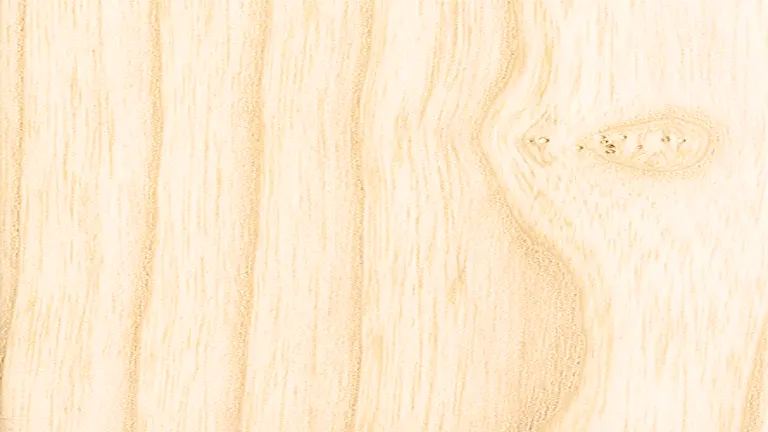
Whether it’s crafting furniture, cabinetry, or even sports equipment, Oregon Ash shines in its versatility, offering woodworkers a canvas for their creative visions. Its workability is another cherished attribute, as it readily yields to saws, machines, and sanders with ease. Moreover, the wood’s grain patterns are a sight to behold, with straight lines occasionally dancing into gentle waves, adding an enticing touch to finished products.
The striking appearance of Oregon Ash lumber further enhances its allure. The heartwood boasts a delightful range of pale to light brown hues, often graced with a warm, creamy undertone that exudes a sense of natural sophistication. In contrast, the sapwood provides a lighter and distinct contrast to the heartwood, emphasizing the wood’s innate beauty. Beyond aesthetics, Oregon Ash demonstrates good resistance to decay and insects, although it may require appropriate finishes and maintenance for extended outdoor use.
| Common Name(s) | Oregon Ash, Pacific Ash, White Ash |
|---|---|
| Scientific Name | Fraxinus latifolia |
| Distribution | Pacific Northwest, United States |
| Tree Size | 60 to 100 feet tall, 2 to 4 feet in diameter |
| Avg. Dried Weight | 33 lbs/ft3 (530 kg/m3) |
| Specific Gravity | 0.53 |
| Janka Hardness | 1,320 lbf (5,870 N) |
| Modulus of Rupture | 14,800 lbf/in2 (102 MPa) |
| Elastic Modulus | 1,860,000 lbf/in2 (12.83 GPa) |
| Crushing Strength | 7,000 lbf/in2 (48.3 MPa) |
| Shrinkage | Radial: 4.6%, Tangential: 8.8%, Volumetric: 13.4%, T/R Ratio: 1.9 |
Characteristics
Color/Appearance
Oregon Ash showcases a captivating range of colors in its heartwood, spanning from pale to light brown. Its warm tones often come with a touch of creamy or yellowish hues, infusing a sense of natural elegance into finished products. The sapwood, lighter in color, creates a striking contrast against the heartwood, further enhancing the wood’s aesthetic appeal.
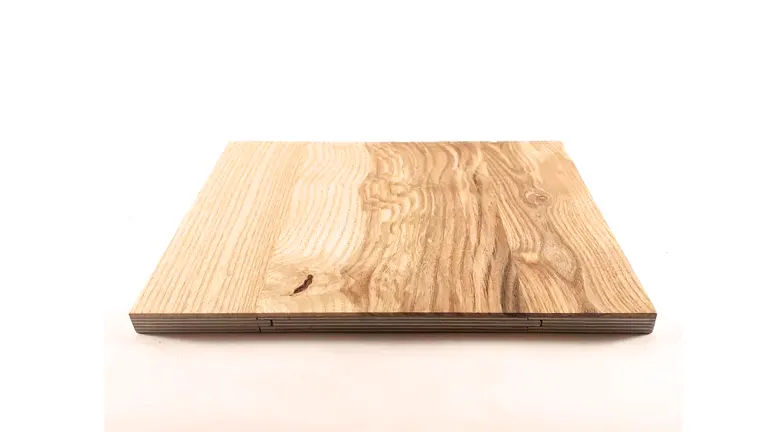
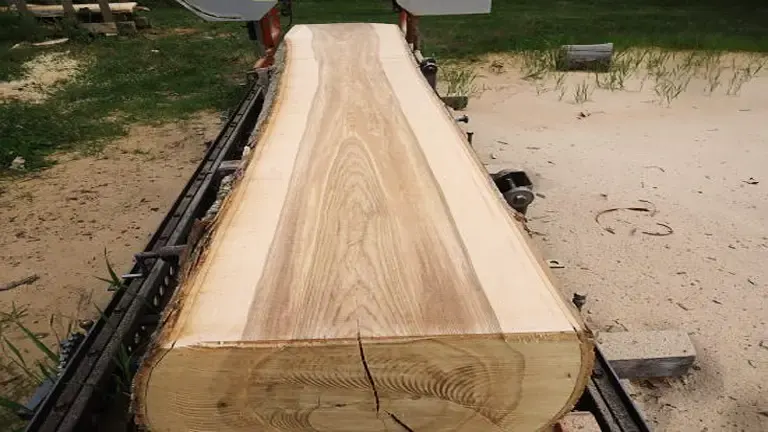
Grain/Texture
Oregon Ash exhibits a predominantly straight grain, contributing to its timeless and classic appearance. On occasion, the grain may present delightful waves, adding a touch of whimsy to the wood’s character. With a medium to coarse texture, Oregon Ash exudes a gentle natural luster that adds depth and dimension to any woodworking project.
Rot Resistance
While Oregon Ash possesses good natural durability against decay and insect attacks, it falls slightly short when compared to some other hardwood species. Nevertheless, with proper finishing and regular maintenance, its longevity can be significantly enhanced, making it a reliable choice for various indoor applications.
Workability
Oregon Ash is renowned for its superb workability, earning accolades from woodworkers of all levels. It readily yields to sawing, machining, and sanding, offering a seamless woodworking experience. Nailing and screwing into the wood is effortless, though pre-drilling is recommended to ensure a pristine finish.
Odor
One of Oregon Ash’s distinctive attributes is its lack of discernible odor or taste, making it an ideal material for a wide range of woodworking projects.
Allergies/Toxicity
Woodworkers and craftsmen can work with Oregon Ash confidently, as it poses no known allergic reactions or toxicity concerns, making it a safe and friendly choice for various projects.
Pricing/Availability
Oregon Ash lumber is accessible at a moderate price point and can be found in both domestic and international markets. While its availability has faced some challenges due to factors impacting the species, it remains a sought-after choice for discerning craftsmen.
Sustainability
As with many natural resources, the availability of Oregon Ash has seen a decline due to various factors. However, sustainable forestry practices and responsible sourcing hold the potential to support the conservation and responsible management of this cherished species, ensuring its continued presence for future generations.
Common Uses
The versatility of Oregon Ash lumber lends itself to a plethora of applications in woodworking. Its exceptional strength and appealing appearance make it a popular choice for crafting furniture, cabinetry, and millwork. Additionally, the wood’s resilience and durability make it an excellent option for crafting tool handles and sports equipment. It is also favored for veneer production, providing a captivating surface finish for a wide range of products.
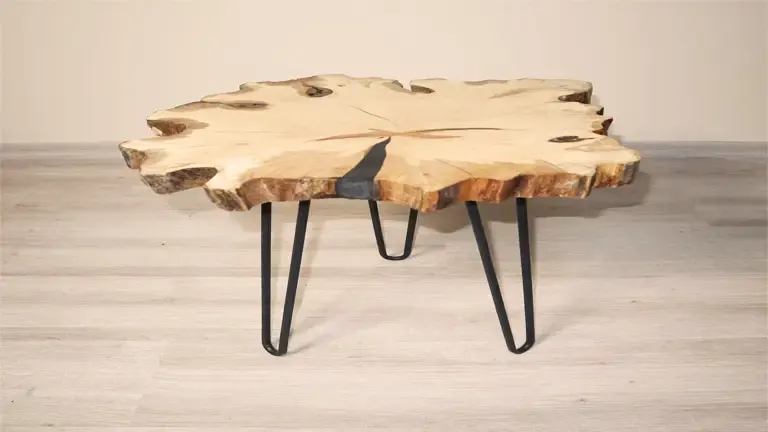

Frequently Asked Questions
- Is Oregon Ash a good choice for woodworking projects?
Yes, Oregon Ash is an excellent choice for woodworking due to its workability, attractive appearance, and strength. - Is Oregon Ash suitable for outdoor use?
While it has some natural resistance to decay and insects, Oregon Ash is not the most durable option for outdoor applications. Proper finishing and maintenance are necessary for prolonged outdoor use. - Is Oregon Ash an endangered species?
While it may not be classified as endangered, Oregon Ash has faced challenges in terms of habitat loss and other environmental factors. Responsible sourcing and sustainable practices are important to protect this species. - How does Oregon Ash compare to other hardwoods like Oak and Maple?
Oregon Ash shares some similarities with other hardwoods in terms of appearance and strength, but each wood species has its unique characteristics and best-suited applications. - Can people with allergies safely work with Oregon Ash?
Yes, Oregon Ash is considered non-allergenic, and it is safe for people with allergies to work with or be around this wood.
We’d love to hear from you! Share your personal experiences and thoughts about Oregon Ash Lumber in the comments section below. Your insights could be a valuable resource in assisting others to make well-informed decisions!



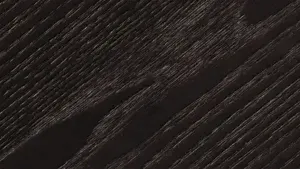

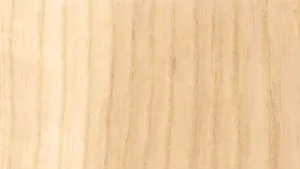



Leave your comment